Skincare is not an easy task. You have to choose the right products and apply them in the correct order. Do you know what is the proper skincare routine order? Or are you, like most people who are first confused about serum or moisturizer?
Both steps have significance in a skincare routine. Nevertheless, they will work when used correctly. Usually, serum goes first and then moisturizer, but that’s not always the case. You have many other options depending on the desired results and products.
Let us break down the difference between serum and moisturizer and which one will go first.
Table of Contents:
- Part 1: Serum vs Moisturizer: What Are The Differences?
- Part 2: What Goes First, Serum or Moisturizer?
- Part 3:FAQs About Applying Both Serum and Moisturizer on the Face
Part 1: Serum vs Moisturizer: What Are The Differences?
Before knowing the key differences, you must be familiar with a serum and a moisturizer. We have defined both products so you can decide their differences and usage.
What is Serum?
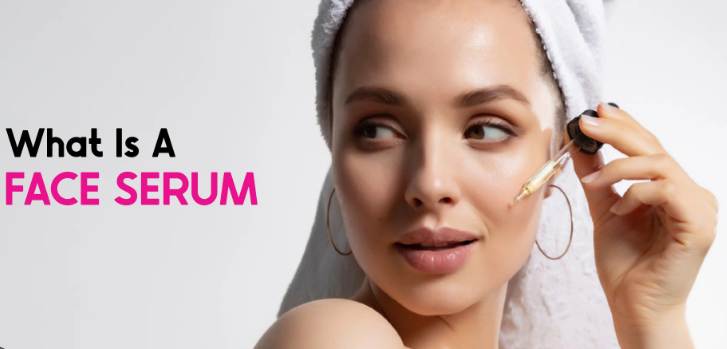 Serum is a skincare product of smaller molecular size. The small molecules allow better penetration of the active ingredients and provide better results. It absorbs into the skin and works on the skin concerns. Their purpose is the treatment of skin problems.
Serum is a skincare product of smaller molecular size. The small molecules allow better penetration of the active ingredients and provide better results. It absorbs into the skin and works on the skin concerns. Their purpose is the treatment of skin problems.
Serums differ from facial oils as they are non-greasy and vary in purpose. They are similar to essences, but essences are sticky and runny. Not all serums have stickiness.
How to Choose Serum for Your Skin?
These serums can be oil-based and water-based. You should go for oil-based serums if you have dry skin and choose water-based serums if you have oily skin. Serums are selected based on skin type and problem. Some common issues that are usually cured using a serum are:
- Open Pores: Go for niacinamide and salicylic acid serums.
- Hyperpigmentation: Pair Vitamin C serum with sunscreen and exfoliate using glycolic or lactic acid.
- Dull Skin: Opt for Exfoliating and brightening serums
- Dehydrated Skin: Look for hyaluronic acid, vitamin E, and glycerin in the serums.
- Anti-aging: Add retinol serum to your skincare routine.
What is Moisturizer?
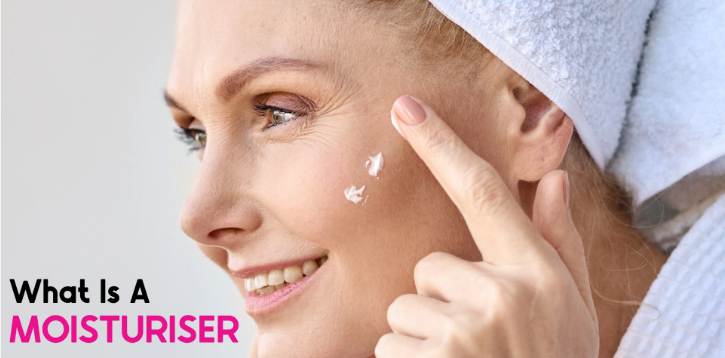 Moisturizer is a mixture of emollients and humectants. They have balm or lotion-like texture and help in hydration and barrier protection. The purpose of a moisturizer is to seal the skin for hydration and nutrients.
Moisturizer is a mixture of emollients and humectants. They have balm or lotion-like texture and help in hydration and barrier protection. The purpose of a moisturizer is to seal the skin for hydration and nutrients.
Moisturizers work in four ways:
- Sealing the Skin: These are called occlusives. They create a protective layer on the skin and protect it from irritants.
- Pull Out Water for Hydration: Humectants are moisturizers that absorb moisture from the surrounding and the deeper skin,
- Healing the Cracks: Emollients heal the cracked skin and remove the roughness.
- Barrier Repairing: These moisturizers have ceramides and other ingredients that help repair and build the skin barrier.
So, a moisturizer seals the moisture, hydrates skin, and improves skin texture by working on inflammation and flakiness. Moreover, moisturizers have benefits in the long run because the barrier is the most essential layer of your skin. If it is healthy and repaired, every skincare product will work and give maximum results.
Key Differences: Serums vs. Moisturizers
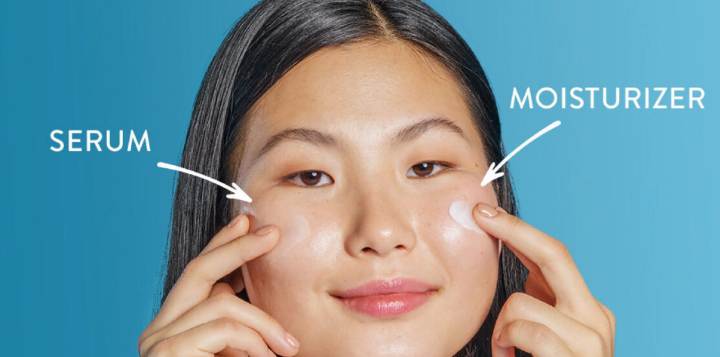 It is time for the differences now. We have covered all points that will clarify the difference between serums and moisturizers.
It is time for the differences now. We have covered all points that will clarify the difference between serums and moisturizers.
Consistency: Serums are mostly runny in consistency, and some are somehow thick. On the other hand, moisturizers are very thick in consistency to make a layer on the skin.
Texture: Serums are made to be absorbed in the skin, so they are lightweight and fast-absorbing. Moisturizers have a creamy texture, so they stay on the skin surface. Despite being creamier, they are still non-sticky.
Ingredient Concentration: Serums target specific concerns, so they have a high concentration of ingredients and a relatively shorter ingredient list. Moisturizers are a generic skincare product with less ingredient concentration and multiple mixed and matched ingredients.
Ingredient Type: Moisturizers have barrier-repairing ingredients like occlusives, humectants, ceramides, and emollients. However, serums have ingredients related to skin issues. They can have nicinamide, AHAs, BHAs, PHAs, and more. Their concentration will depend on the skin type and level.
Usage: Anyone can use moisturizer as it does not have active ingredients. However, serums are concentrated and cannot be used by everyone. They must either be prescribed by the dermatologist or be self-researched about the ingredients.
Application Time: Moisturizers can be applied at any time, and there is no limit to how many times you use them. On the contrary, some serums can only be applied at night. Therefore, you have to check the photosensitivity and stability of the serum before using it in the daytime.
Penetration level: Serums usually work on the inner layer of the skin. They deeply nourish and treat your skin based on your skin concerns. Moisturizers are for the outer layer of the skin. They stay on the skin’s surface, protecting it from getting dry and losing moisture.
Purpose: Serums and moisturizers serve different purposes. Moisturizers are for hydration, moisture, and softness, whereas serums treat and repair your skin to remove skin problems. All moisturizers have almost the same purpose, but every serum has a different function based on the concentration of the ingredient.
Needing a Moisturizer is the most crucial step of a skincare routine. You should never miss it, no matter what skin type you have. Serums are an additional step in the routine. You can add one if needed; otherwise, stick to a simple and basic routine.
Stability: Moisturizers stay stable even in sunlight and have a good shelf life. On the other hand, some serums are unstable and degrade after some time. For example, vitamin C is unstable and turns pale if left in hot weather or direct sunlight.
Part 2: What Goes First, Serum or Moisturizer?
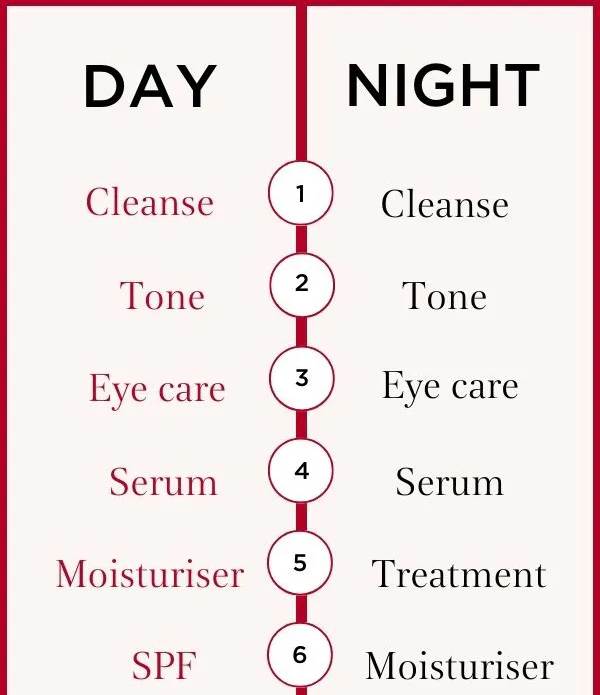 The common perspective is serums will go first and then moisturizers at the end. There are two reasons for this:
The common perspective is serums will go first and then moisturizers at the end. There are two reasons for this:
- According to the skincare rule, you must go from thin to thick. As serums have a light and thin consistency, they will go first in the routine,
- Another reason is the effectiveness and working capability. The product that you apply first works better and penetrates faster. So, if you want your serum to target and work on your skin concern, apply your serum first.
There is an exception as well. The moisturizer can go first and with the serum at one step for a retinol serum. The retinol serum is irritating, so the sandwich method is followed, in which the moisturizer goes first, followed by retinol serum, and then moisturizer.
So, here is the recommended skincare order you should follow:
- Cleanse: The first step is always a cleanser. You can also double cleanse or use an exfoliant at this point.
- Toner (optional): It is optional, but if you have a toner, apply it as it balances the PH.
- Serum: Now is the time to apply serum. You can apply some serums to damp skin, but to stay safe and avoid irritation, use them by tapping on dry skin.
- Moisturizer: Follow up with a moisturizer. If you have used an exfoliating serum, use thick creams. Otherwise, you can use any basic moisturizer.
Part 3: FAQs About Applying Both Serum and Moisturizer on the Face
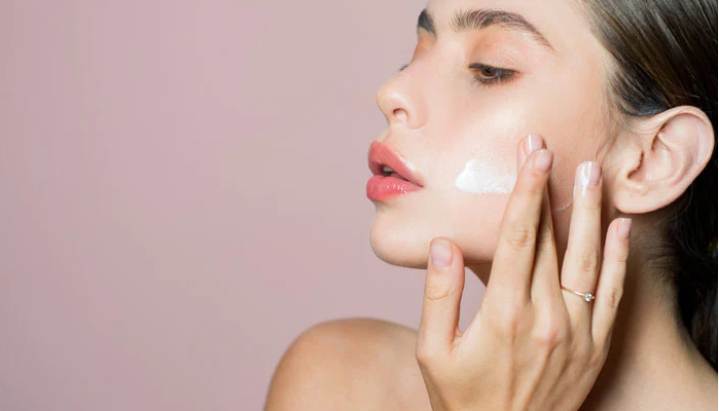
Can You Mix the Serum With Moisturizer?
Yes. You can mix the serum with the moisturizer. Just take 2-3 drops of the serum in your palm, mix it with the moisturizer, and then apply it to your face. However, you should check the ingredient list of both the moisturizer and the serum. Ensure the ingredients go well with each other and don’t irritate your skin.
Can I Leave Serum Overnight Without Moisturizer?
There are two responses to this. Some people consider it okay to use serum without moisturizer, while some believe serums alone don’t provide enough hydration. Therefore, it is better not to leave serum overnight without moisturizer. It might cause dryness and lead to more breakouts.
How Long After Serum Can I Apply Moisturizer?
There is no specific time to wait after applying serum. You can directly apply moisturizer right after the serum without any gap. If you want, give a 1-2 minute rest between them so the serum can have some time to penetrate your skin. Still, do not let serum without moisturizer for longer as they sometimes dry out your skin.
Which is Better, Serum or Moisturizer?
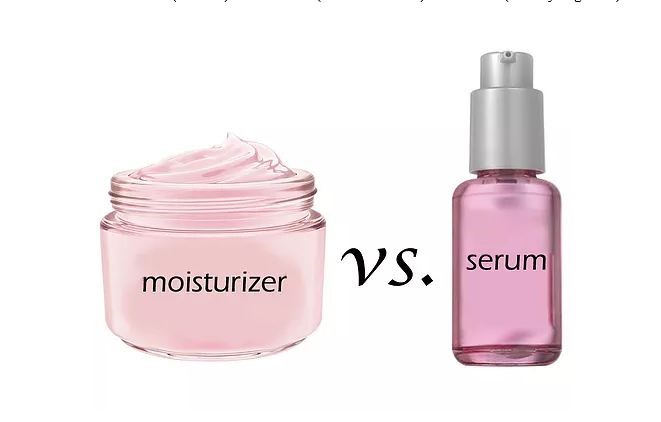 Serums and moisturizers have no competition. Moisturizer is part of a simple skincare routine, while serum is an additional step for specific skin issues. Therefore, you must use moisturizer and add serum per your skin conditions. Serums target and resolve particular skin issues for better and smooth skin.
Serums and moisturizers have no competition. Moisturizer is part of a simple skincare routine, while serum is an additional step for specific skin issues. Therefore, you must use moisturizer and add serum per your skin conditions. Serums target and resolve particular skin issues for better and smooth skin.
Conclusion
Serum and moisturizer both should be part of your skincare routine. Use them properly for better skin and avoid breakouts or other skin concerns. Serums are lightweight, so they are applied first and followed by a thick moisturizer. The usage and order also depend on the serum type. Some serums require moisturizer after them, while others do not.
However, you can stick to anything that works for you. But we always recommend not skipping moisturizer. It protects your skin barrier, lets your skin heal, and prepares you for treatment serums.

 By myulikeadmin
By myulikeadmin



